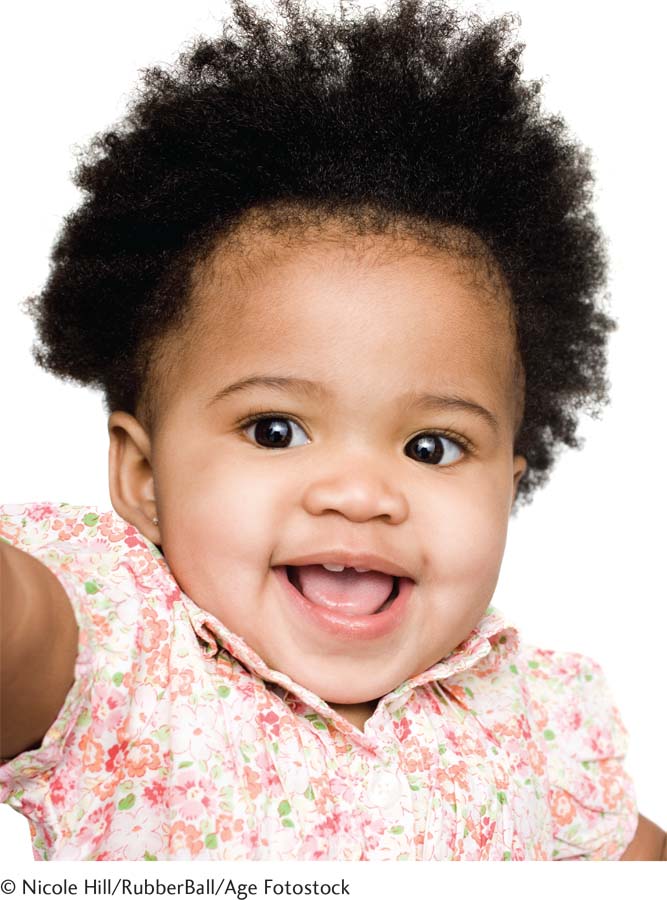70

71
PART II
Infancy
This two-
Chapter 3–Infancy: Physical and Cognitive Development starts by offering an overview of brain development, then explores those basic newborn states: feeding, crying, and sleeping. Next, I chart sensory and motor development: What do babies see? How do newborns develop from lying helplessly to being able to walk? What can caregivers do to keep babies safe as they travel into the world? Finally, I’ll offer an overview of infants’ evolving cognition and their first steps toward language, the capacity that allows us to really enter the human community.
Chapter 4–Infancy: Socioemotional Development looks at what makes us human: our relationships. First, I’ll explore the attachment relationship between caregiver and child, then examine poverty and day care. The final part of this chapter focuses on toddlerhood—